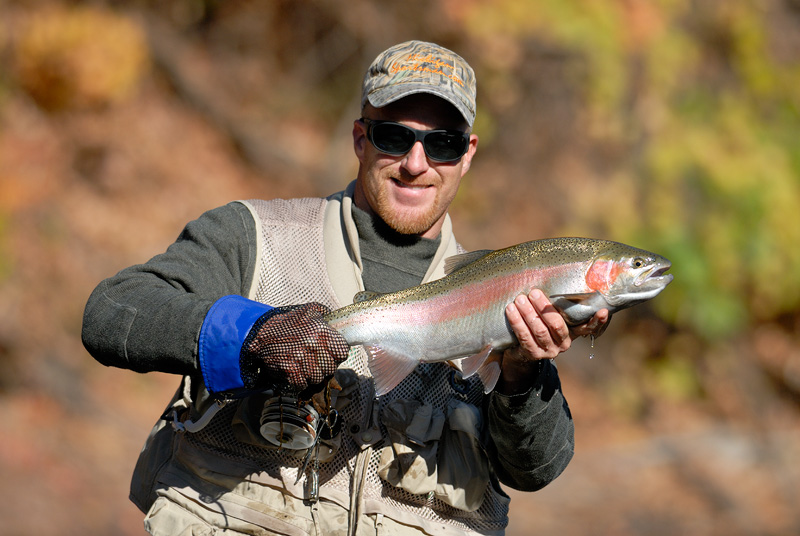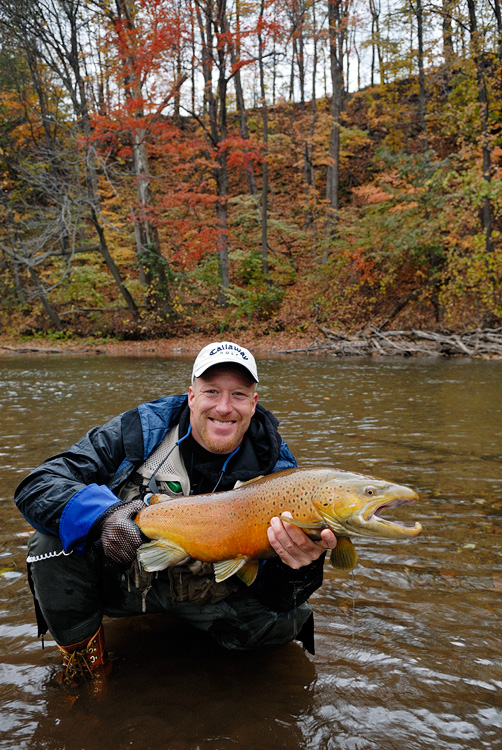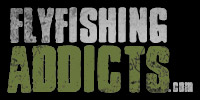First of all, I plan to be on-stream early enough to photograph crimson alpen glow on the mountain peaks reflected upon the water, and late enough to savor sunset. Which means I won’t be spending much time in a hotel room, and really don’t need anything fancy, just a bed without bugs…
If it is cloudy, raining or snowing, that’s ok, different photographic opportunities will abound, and fish to photograph will be icing on the cake.
I’ve been photographing on stream for a couple of decades, with a small point & shoot camera, and bought my first SLR in 2006. I had no idea what an f/stop was, let alone ISO. Being an information junkie, I now have two rows of photography books on the shelf next to my desk; have compiled my own 16 page document which I keep in my camera bag. One of the things I love most about photograph is that the learning process will never end, and practicing is one of the things I look forward to most.
One problem is, I’m a gear junkie as much well as an information junkie, resulting in considerable time and funds invested in my passion for photography. I like the look different lenses achieve, even with respect to an angler holding a fish. Wide-angle lenses allow scenery to complement the main foreground subject, if desired, and can also be positioned close enough to fill the frame with a fish. If a fishing hole is so good that you become an all day barnacle, a telephoto lens allows for blurring the background to mix things up. The possibilities are endless….
To keep my gear dry on stream I have a LowePro Dryzone 2 backpack and a Simms waterproof belt bag system. I rarely use the backpack unless I’m packing everything, which I will do for the workshop. Typically I bring the Simms belt bags, slung over my shoulder while on the move, and carry a second camera inside an underwater house, and transport than in an Abel carry bag. The Simms roll-top waterproof bag will hold a Nikon D300 with lens attached, including a 300mm f/4, 70-200 f/2.8 or a 200mm macro. This is a perfect setup for me, and additional Simms bags are strung onto the belt to hold lenses not on camera, filters, flash, etc… The main roll-top bag (pouch) is completely waterproof, can be submerged, but I haven’t tested or have the same confidence in the large zippered pouches that hold my other large lenses. When fishing streams with slick boulders and fast water, I bring the backpack and belt, with a couple of the larger pouches removed. On easy water, such as upstate New York, I don’t even bring the backpack.
Ok, enough about gear, but keeping it dry is critical.
I have to mention that I am much more familiar with Nikon cameras than Canon, so bring your camera manuals! I don’t think either brand is better than the other, and the only reason I chose Nikon to start with was due to an online sale. One of the scam New York camera shop sales, resulting in my first camera, a D200, being black market, no warranty, and they shipped a Sigma 105 macro lens instead of the Nikon 105. Funny thing is, now that I’m recalling my photographic roots, I bought my first SLR to photograph bugs and flies, found a great spot to photograph birds in the San Fernando valley, and spent an hour or two practicing with my camera, almost every morning, for a couple of years. Learning to shoot local birds many of which have white and black feathers allowed me to gain experience with exposure under different lighting conditions, differences obtained using different apertures and shutter speeds, and in time, seemingly becoming one with the camera, adjusting exposure values on the fly without having to think about it.
Gear on the Kern...

300mm telephoto lens to blur the background...

Wide angle lens to show the background...






